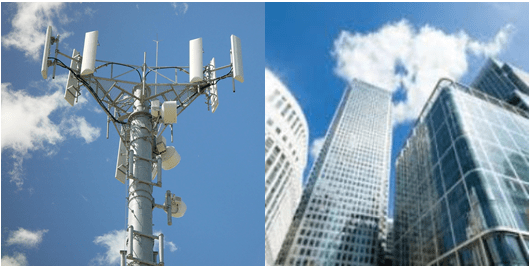 As opposed to a commercial ESA where the property footprint consists of a building, series of buildings, a city block, or an undeveloped acreage, a wireless Phase I ESA is typically focused on a specific site location, existing tower compound, or proposed installation path within a building. The wireless company is concerned not only with the general environmental condition of the underlying property, but specifically with the areas that will be impacted by their planned installation.
As opposed to a commercial ESA where the property footprint consists of a building, series of buildings, a city block, or an undeveloped acreage, a wireless Phase I ESA is typically focused on a specific site location, existing tower compound, or proposed installation path within a building. The wireless company is concerned not only with the general environmental condition of the underlying property, but specifically with the areas that will be impacted by their planned installation.
How long should a Phase I Environmental Site Assessment (ESA) take?
For the wireless industry, once all of the information needed to define the planned installation is received, the Phase I ESA report should be completed within 2 to 3 weeks. If additional research is needed due to concerns identified during the evaluation, such as unresolved contamination on the target property or adjoining properties, completion may be delayed.
What information is needed to initiate a wireless Phase I ESA?
- What type of installation is planned? Tower colocation, raw land, small cell, DAS, in-building, etc.
- Specifically where is the site? Physical address and geographic coordinates.
- Site plans or construction drawings detailing the planned installation.
- Name and contact information for the person that should be contacted for permission to conduct the site inspection.
- Recent title documents including an Environmental Lien and AUL Search.
- Completed User Questionnaire.
 Sarah Campbell is an environmental compliance specialist supporting environmental programs for land management agencies, Federal facilities, and private commercial companies. She has her hands in many projects, including NEPA planning, Environmental Management Systems, stormwater protection, and landowner liability research. Sarah can be reached at [email protected].
Sarah Campbell is an environmental compliance specialist supporting environmental programs for land management agencies, Federal facilities, and private commercial companies. She has her hands in many projects, including NEPA planning, Environmental Management Systems, stormwater protection, and landowner liability research. Sarah can be reached at [email protected].